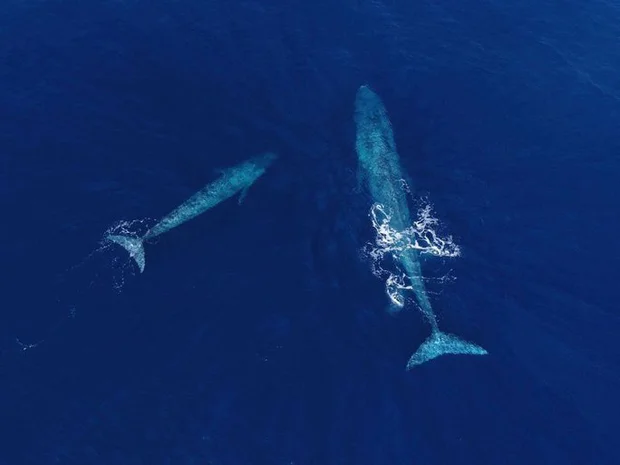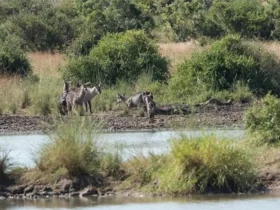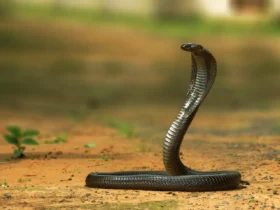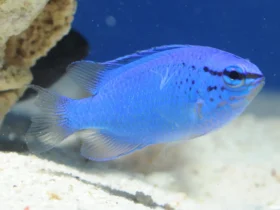The scientific community currently knows about 1.5 million animal species, but in reality, this number could be as high as nearly 9 million. This means that there are still many species yet to be discovered.
Millions of years ago, giant animals were much more common than they are today. Below are some of the largest species ever recorded.
Deinosuchus
With a length of nearly 11 meters and weighing between 2.5 to 5.5 tons, this ancient crocodile species is referred to as a reptilian monster. They were the largest predatory animals living in North America during the Cretaceous period, over 75 million years ago.
According to Discovery Magazine, research suggests that Deinosuchus hunted dinosaurs, which is not surprising considering they weighed twice as much as the fearsome Tyrannosaurus rex.
Scientists believe that Deinosuchus had a lifespan of 50 years, with most of their size growth occurring within the first 35 years. Despite being much larger than modern-day crocodiles, Deinosuchus had a similar appearance to their modern relatives.
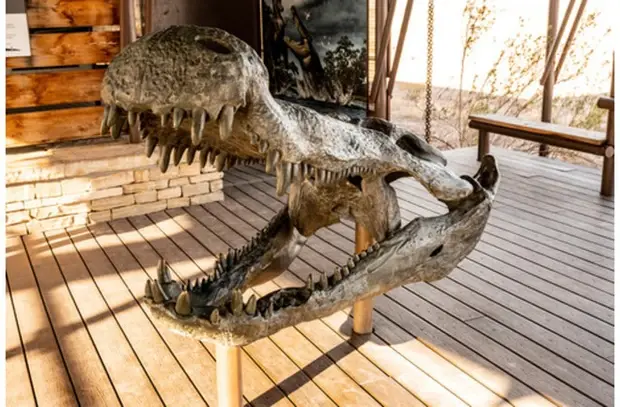
Josephoartigasia Monesi
The capybara is currently the largest rodent in the world, capable of reaching weights of up to nearly 60 kg. However, over 3 million years ago, the largest rodent to have ever lived on Earth had an average weight of 1.3 tons. Josephoartigasia Monesi inhabited the river mouths and forested plains in what is now Uruguay.
Fossil remains indicate that Josephoartigasia Monesi had large incisors with a bite force three times stronger than that of a tiger, suggesting that they were used for self-defense or digging for food. With its small jaw structure, Josephoartigasia Monesi likely consumed soft vegetation.
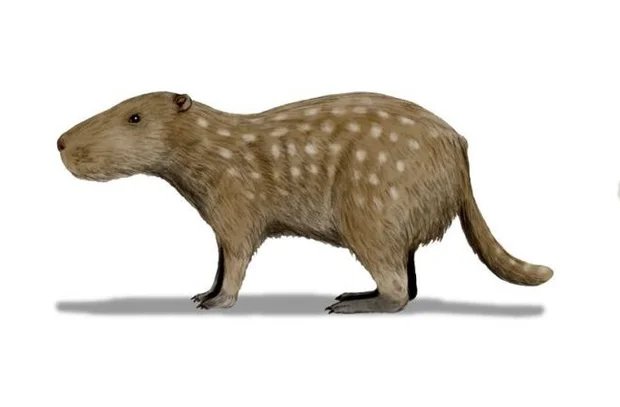
Megatherium Americanum
During the Pliocene epoch (approximately 5.3-2.6 million years ago) and the Pleistocene epoch (approximately 2.6 million years ago – 11,700 years ago), there existed a giant sloth species measuring 6 meters in length and weighing 4 tons.
Found in forests and grasslands in South America, Megatherium Americanum was primarily a herbivore. However, on occasion, it is believed that this creature would opportunistically consume meat. Unlike modern-day sloths that use their claws for tree climbing, Megatherium Americanum used its claws for digging burrows and tunnels in the ground.
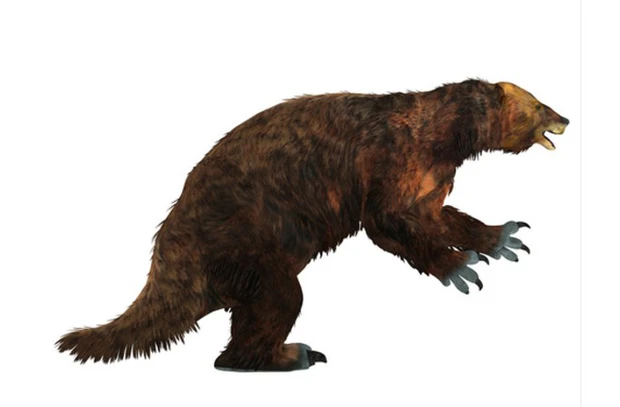
Paraceratherium
Over 30 million years ago, there existed a hornless rhinoceros species that weighed around 30 tons (four times the weight of today’s elephants). This species inhabited the Earth. Despite measuring nearly 8 meters in length and standing about 5.5 meters tall, Paraceratherium had a relatively small skull. Its long neck and legs allowed this rhinoceros to feed on high tree leaves and branches.
Although lacking the horns of modern rhinoceroses, Paraceratherium had rather peculiar dental structure. It possessed two pairs of incisors, with the lower pair slightly pointing forward and the upper pair slanting downward. This structure is believed to have helped Paraceratherium grip branches tightly in its mouth while feeding. Paraceratherium remains the largest land-dwelling mammal ever known to have existed.
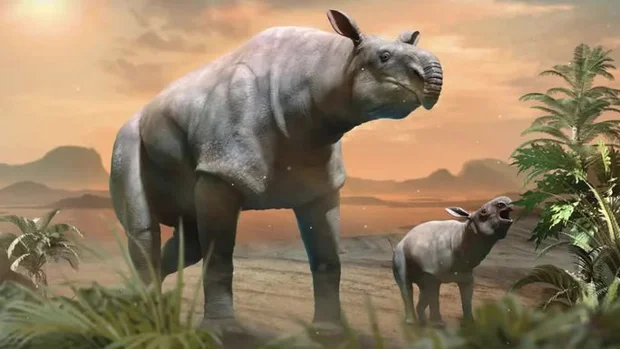
Gigantopithecus
Gigantopithecus is the most impressive known species of tailless ape. For over 1.7 million years, this “giant beast” dominated the forests across East Asia, according to Ifl Science.
The majority of scientists agree that Gigantopithecus became extinct at least 100,000 years ago, most likely due to environmental changes that affected its food supply. Most scientists estimate that Gigantopithecus stood around 3 meters tall and weighed approximately 200-300 kg.
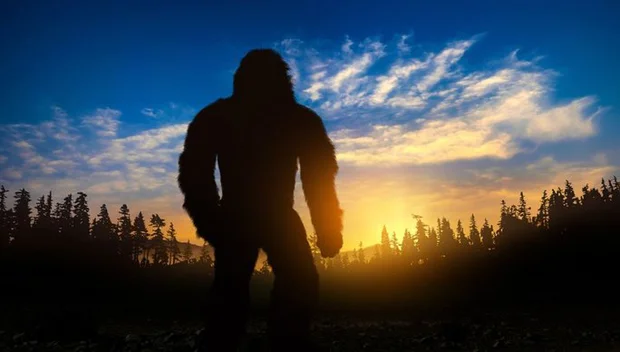
Blue Whale
Unlike the previously mentioned species, the blue whale still exists today. It is the largest known animal, with a length of nearly 31 meters and a weight of up to 200 tons.
According to research published in 2021 by marine scientist Matthew Savoca from Stanford University’s Hopkins Marine Station, blue whales can consume 20-50 million calories per day. The sight of a blue whale surfacing is always awe-inspiring to observers.
